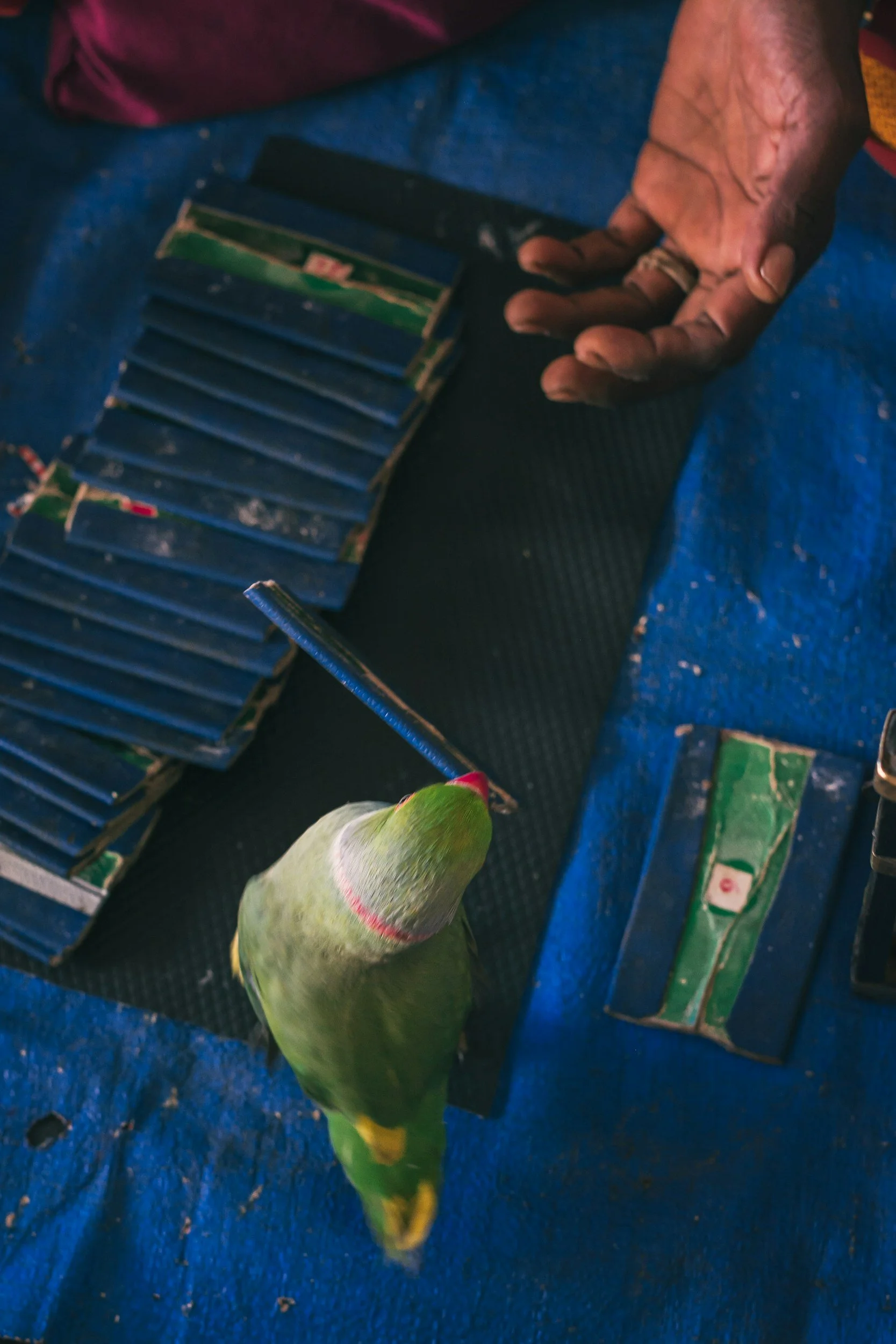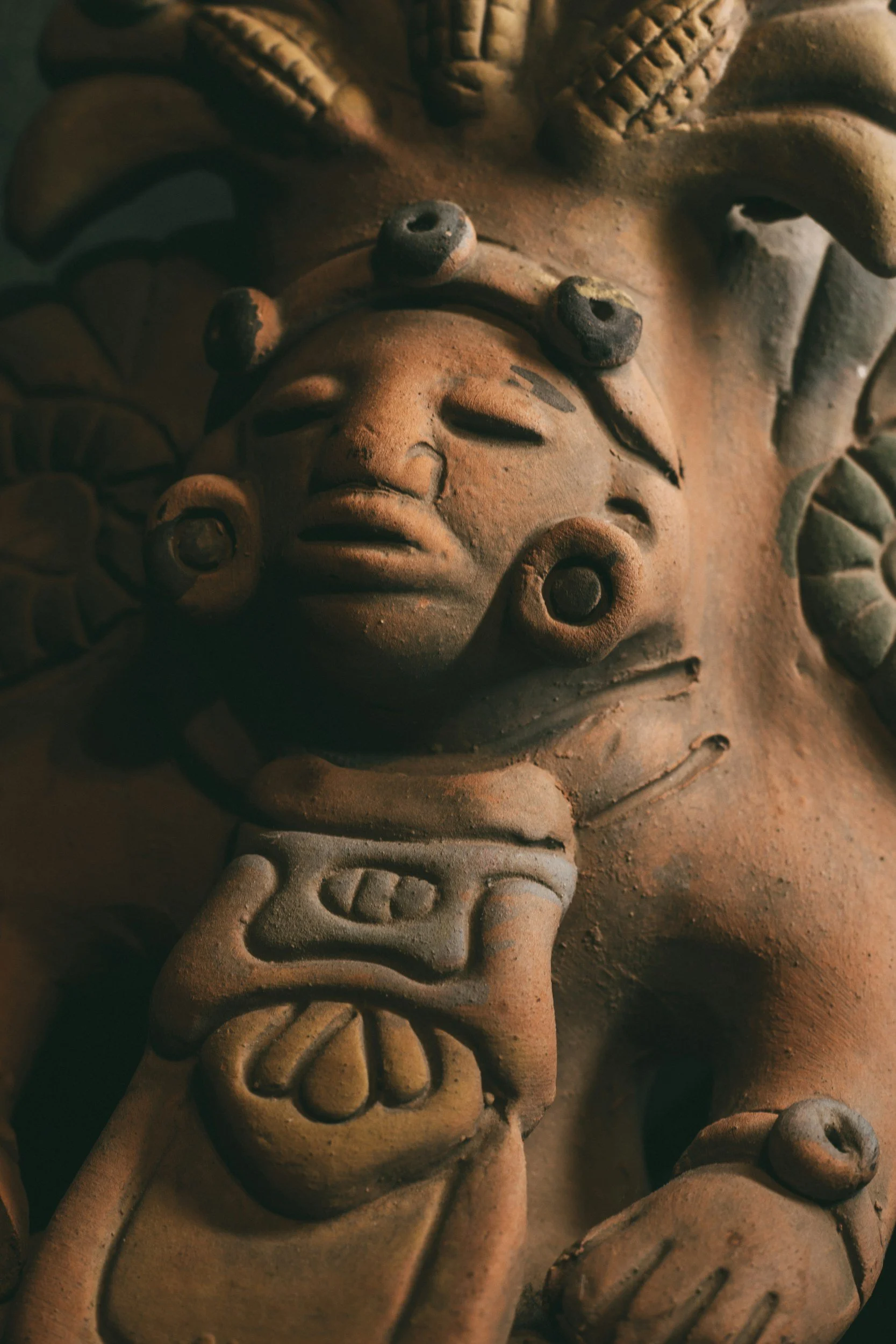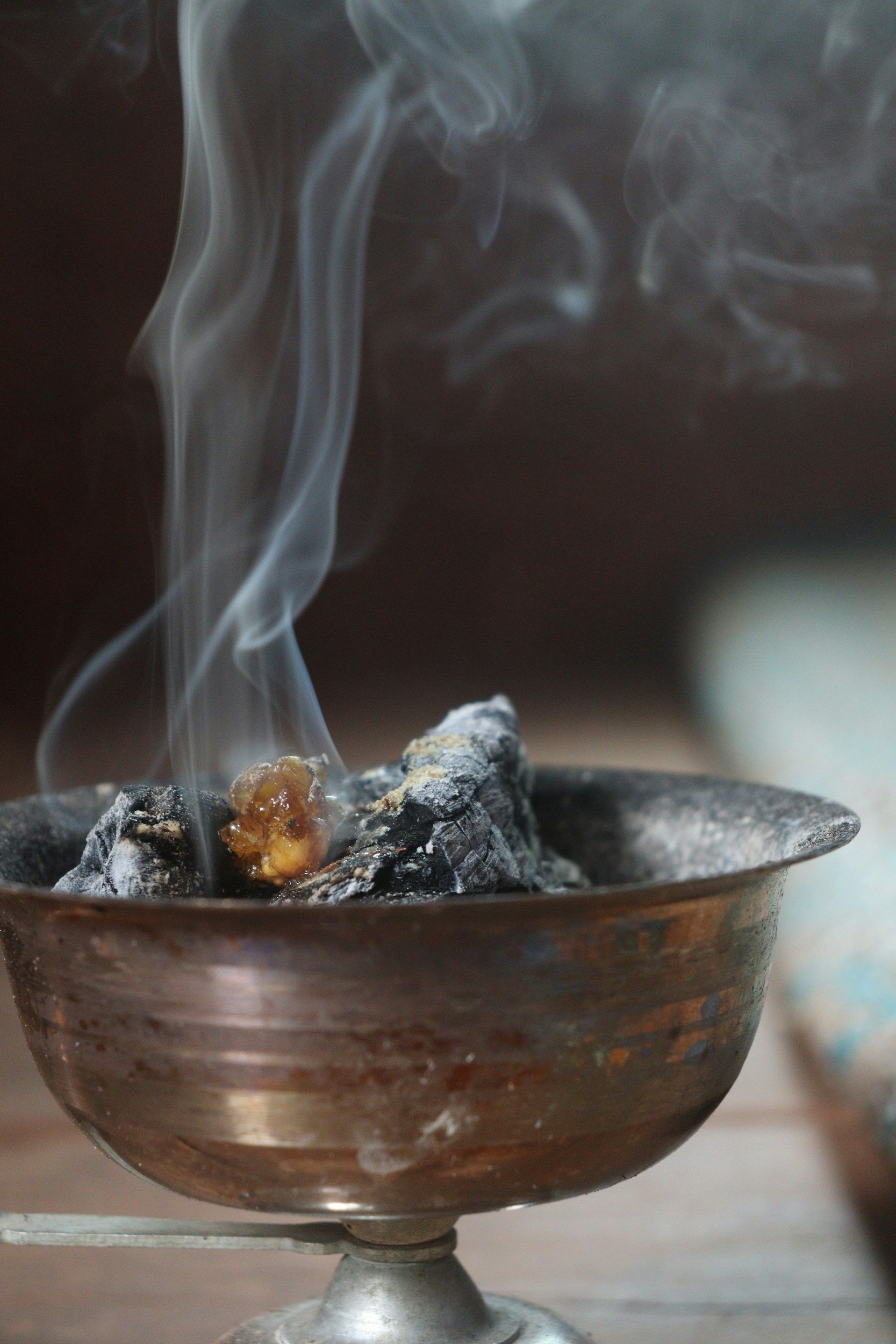The Importance of Standing Barefoot While Performing Odinani Rituals
In the practice of Odinani, every gesture, action, and symbol holds deep meaning. One of the most fundamental acts in this sacred tradition is standing barefoot while performing rituals. Though it might seem simple, the act of standing barefoot connects the practitioner to the earth, it enables an intimate relationship between the person, Ala (the earth energy), and their Chi (personal energies). This connection embodies one of the core principles of Igbo spirituality: the unity of human beings with nature, the cosmos, and divine forces.
Ala (The Earth) as a Sacred Entity: Ala, the earth goddess, is the most prominent deity and cosmic force in Igbo cosmology. She is not only the embodiment of the earth itself but also the guardian of morality, fertility, and the ultimate resting place for the dead. In many ways, Ala represents both the beginning and end of life. As the mother of all living things, she nurtures, sustains, and guides humanity through her laws and principles.
Standing barefoot on the earth during rituals allows one to make direct contact with Ala, acknowledging her presence and power. It is a form of respect and submission to the divine energy that governs life, land, and sustenance. In many ways, this simple act affirms the central role of Ala in guiding, protecting, and nourishing all life.
Grounding and Spiritual Connectivity: Standing barefoot on the earth is an ancient practice known as grounding or earthing. In scientific terms, grounding refers to the process of connecting with the earth’s natural energy, which can have numerous physical and psychological benefits, including stress reduction, pain relief, and improved sleep. However, in the context of Odinani, the act of grounding also takes on a spiritual significance.
When performing a ritual, the physical contact with the earth helps to balance and harmonize the energies within the practitioner, aligning them with the natural world and divine forces. It allows the practitioner to draw strength, clarity, and spiritual insight from the earth, creating a conduit for divine energy to flow freely through them. The feet become the point of contact between the physical and spiritual realms, enabling the practitioner to channel energy more effectively in their spiritual practices.
Purification and Humility: Bare feet in spiritual practices can also symbolize purity and humility. In Igbo culture, rituals are not just about external acts but also about internal readiness and spiritual cleanliness. Before performing any ritual, there is an emphasis on cleansing both physically and spiritually. Standing barefoot amplifies this purification process. Shoes are viewed as barriers between the practitioner and the sacred earth, blocking the flow of spiritual energy.
Removing one’s shoes and standing barefoot can allow the practitioner symbolically remove any impurities or distractions that might prevent them from fully connecting with the divine. It demonstrates humility, vulnerability, and an openness to receive guidance from higher spiritual realms. This act signifies the practitioner’s willingness to be in a state of spiritual surrender, where they can commune more directly with their Chi and the divine forces present in the ritual.
Returning to the Ancestors: In Odinani, the ancestors (Ndi Ichiee) play a very important role as guardians, guides, and intercessors. Many rituals are performed in honor of the ancestors, asking for their blessings, protection, or guidance. The earth is seen as the final resting place of the ancestors, making it sacred ground that holds their spirits and memories.
Standing barefoot while performing rituals invokes a deeper connection to these ancestral spirits. It is a way of acknowledging their presence, offering respect, and creating a direct link to the wisdom and strength they provide. This practice reflects the understanding that human beings are part of a continuous cycle of life, death, and rebirth, with the ancestors guiding and supporting the living through the earth itself.
Strengthening the Chi-Earth Relationship: The concept of Chi in Igbo spirituality represents the personal lifeforce or spirit that guides each person throughout their life. Chi is unique to each person and plays a critical role in their destiny, fortune, and spiritual path. Maintaining a strong relationship with one’s Chi is essential for living a balanced, fulfilling life.
Standing barefoot during rituals allows the practitioner strengthen their connection not only to Ala but also to their Chi. The direct contact with the earth is a way of nourishing and energizing the Chi, enabling it to function more effectively. It also improves the flow of communication between a person and their Chi, making it easier to receive divine insight, protection, and blessings.
Receiving Divine Energy and Insight: The earth, as the body of Ala, is not only a source of sustenance but also a reservoir of spiritual power. In Odinani, it is believed that the earth holds sacred energy that can be accessed and used during rituals. The practitioner is in direct contact with this energy by standing barefoot, allowing them to absorb it into their body and spirit.
This divine energy is important for performing rituals effectively, as it empowers the practitioner to carry out their intentions, whether they are offering prayers, making sacrifices, or invoking divine forces. Standing barefoot ensures that the practitioner is fully attuned to the energy of the earth, amplifying their spiritual abilities and making the ritual more powerful and effective.
Final Thoughts
In Odinani, standing barefoot during rituals is far more than a cultural tradition—it is a spiritual necessity. It serves as a reminder of the deep relationship between human beings, the earth, and the divine forces that govern the universe. Through this act, practitioners affirm their connection to Ala, their ancestors, and their Chi, opening themselves up to receive divine energy, wisdom, and guidance.
The simplicity of standing barefoot belies its immense significance and impact. It is an act that anchors the practitioner in the present moment, allowing them to access ancient wisdom and spiritual power, while also aligning them with the rhythms and energies of the natural world. Through this connection, the practitioner becomes a vessel for divine energy, capable of bringing about healing, transformation, and spiritual growth.
If you liked this post, share it with others and help us spread the insights. Let us know what your thoughts or experiences on standing or sitting barefeet while performing Odinani rituals are in the comment section below.





























